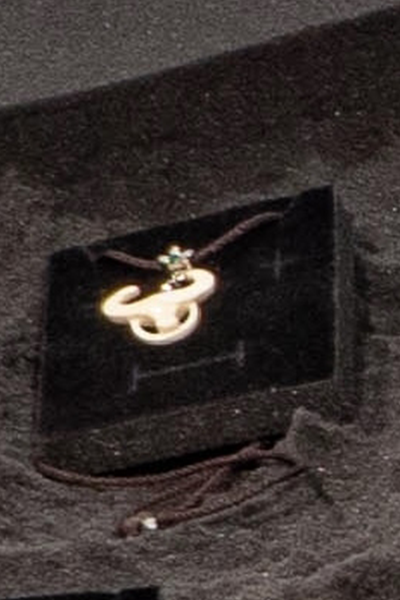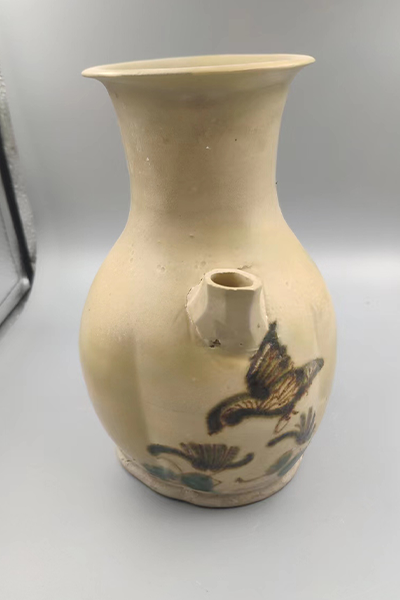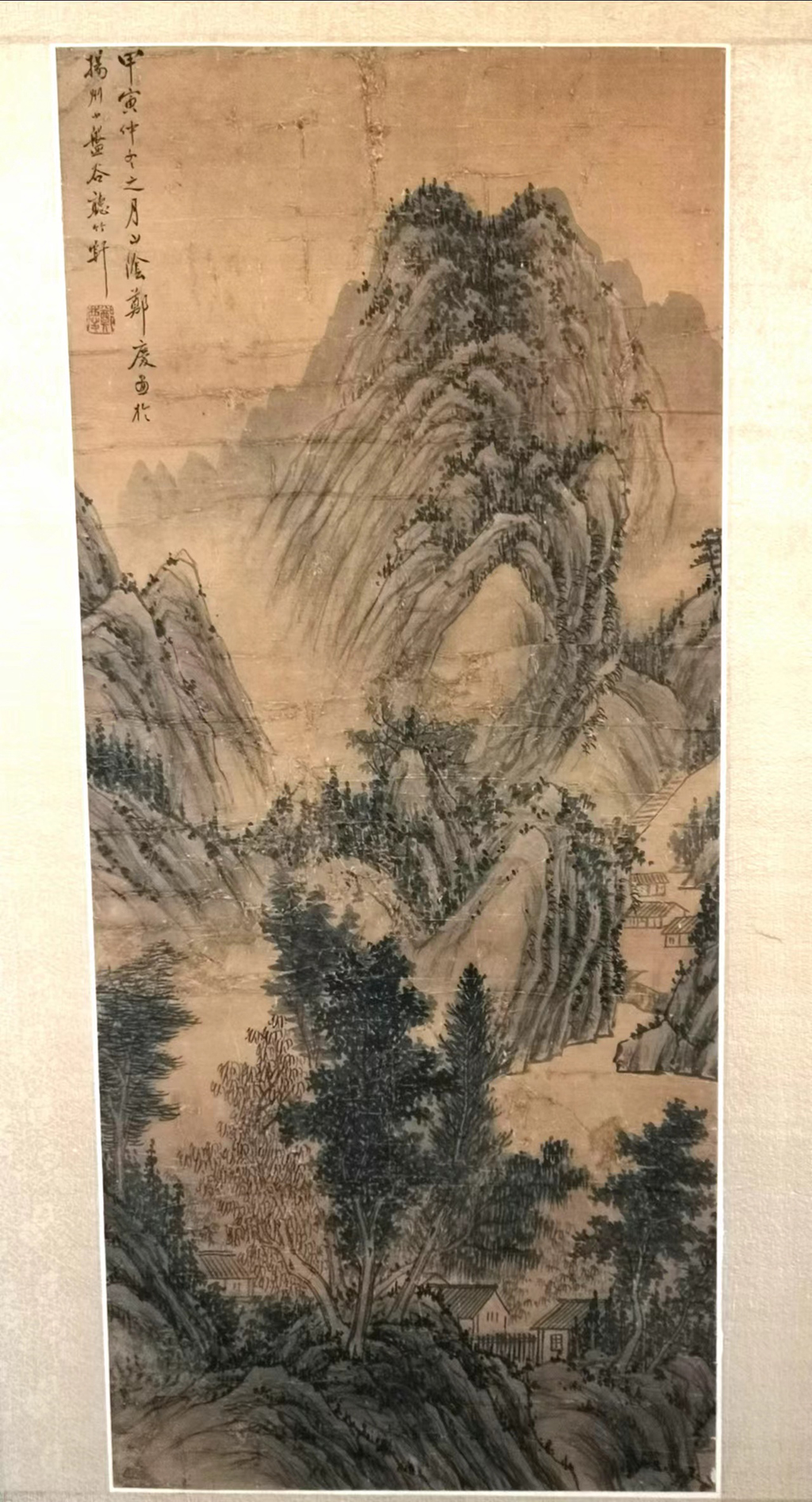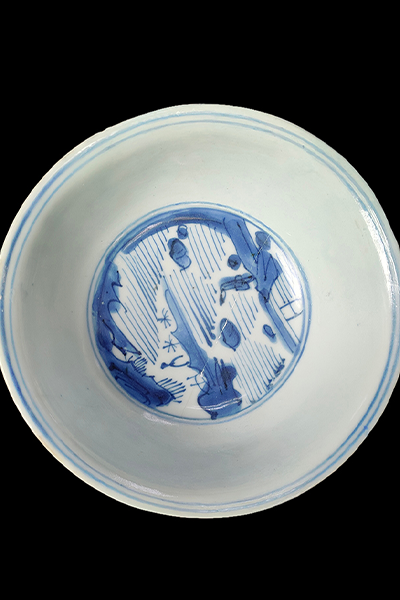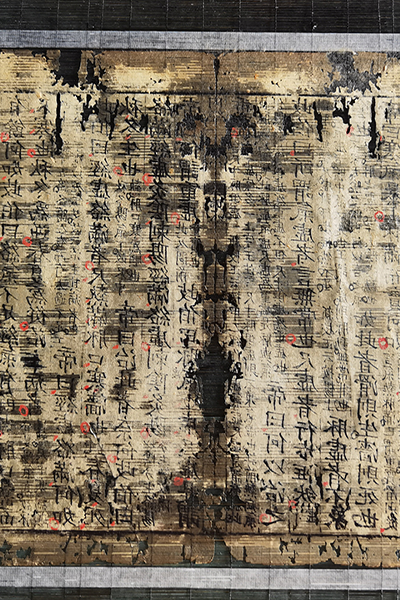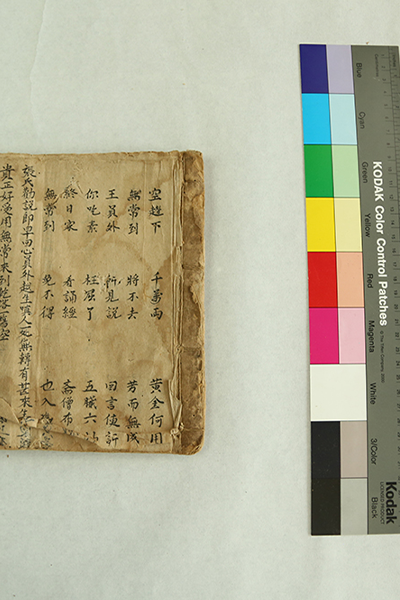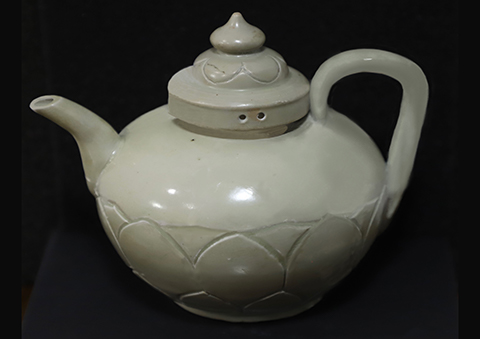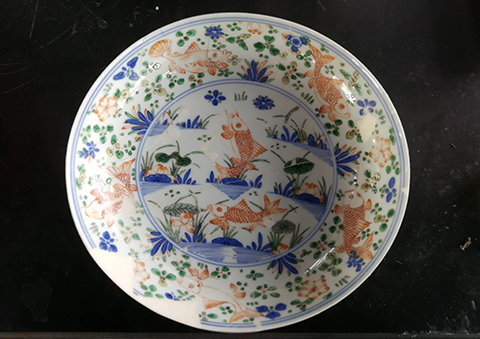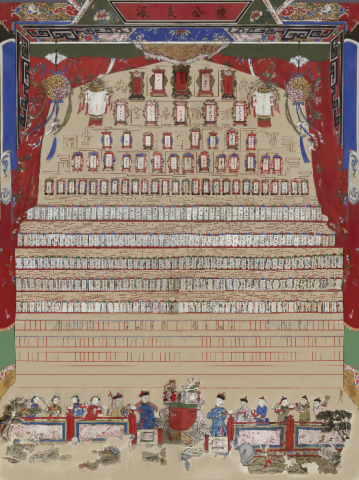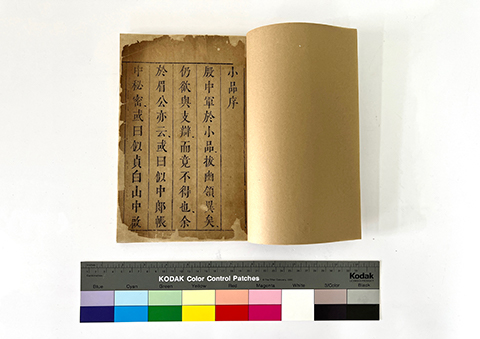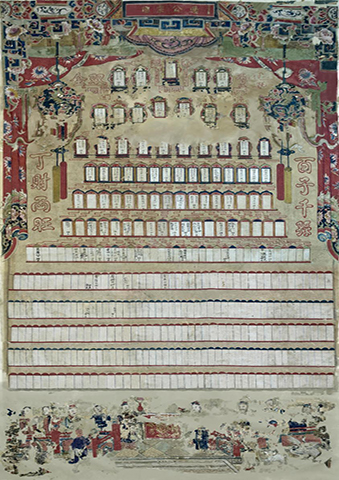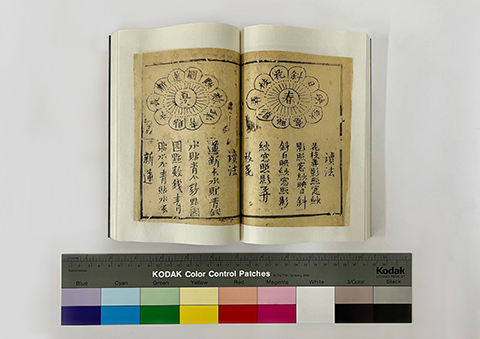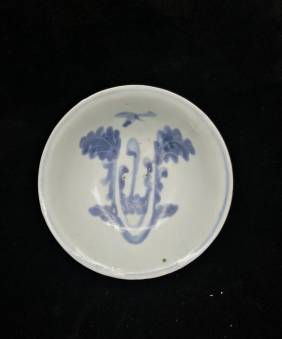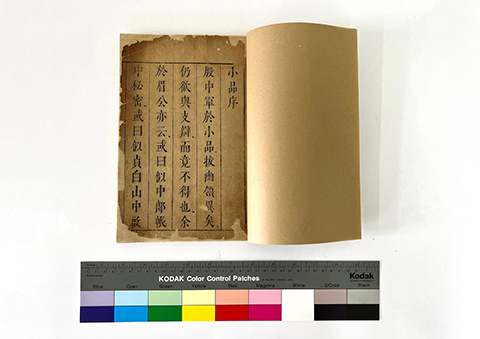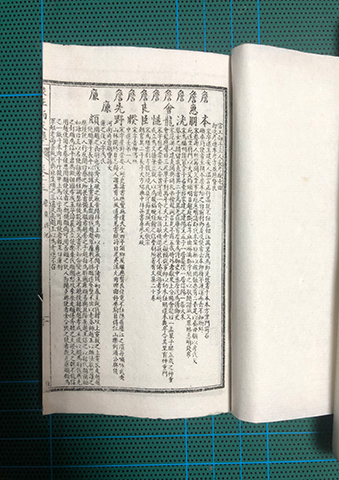Humanities
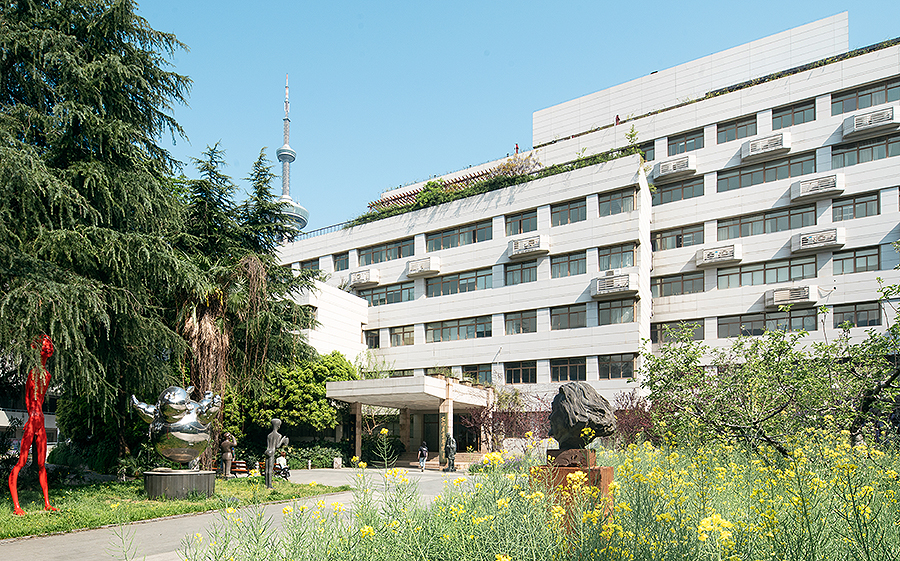
As the cultural industry and cultural undertakings are thriving at home and abroad and the university is implementing the discipline expansion strategy, the School of Humanities of Nanjing University of the Arts (NUA) was founded on the basis of the Department of Basic Cultural Education in 2006. The teaching unit is mainly responsible for developing the emerging practical majors of general arts and teaching public courses in the university. There are four majors for undergraduate students, namely Cultural Relic Conservation & Restoration, Intangible Cultural Heritage Protection, Art History & Theory, as well as Art Education. The specialties for postgraduate students from all over the country include Cultural Relics Appreciation & Restoration, Cultural Heritage, Art History & Historiographical Theory Research, as well as Art Education Research. The specialties for postdoctoral students from all over the country include Cultural Heritage Protection, Art Theory Research, Chinese Art Literature Research, and Art Ethics.
The School of Humanities has 570 students, including 476 undergraduate students, 79 postgraduate students, and 15 doctoral students. The School has 68 faculty members, including 60 full-time teachers. It has four professors, one distinguished professor, one researcher, 30 associate professors, two associate researchers, 13 teachers who have or are studying for a doctoral degree, two teachers selected as young and middle-aged academic leaders in the Qinglan Project of higher education institutions in Jiangsu Province, five teachers rated as outstanding young backbone teachers in the Qinglan Project of higher education institutions in Jiangsu Province, two teachers included in the 333 High-level Talents Training Project, and one winner of support from China Postdoctoral Science Foundation.
Since its establishment, the School of Humanities has adhered to the school-running philosophy of gradeur, brevity, profoundity, beauty, and innovation, and upheld the working idea of simultaneous planning of public courses and specialized courses, equal importance of teaching and scientific research, as well as simultaneous development of undergraduate education and postgraduate education. The School has made full use of academic resources inside and outside the university to comprehensively explored effective mechanisms for running the school, vigorously strengthened the construction of disciplines and teaching staff, continuously formed advantages, accumulated characteristics, and expanded the influence of running the school.
There are four majors for undergraduate students, namely Cultural Relic Conservation & Restoration, Intangible Cultural Heritage Protection, Art History & Theory, as well as Art Education. The School is entitled to recruit postgraduate students from all over the country for Cultural Relics Appreciation & Restoration, Cultural Heritage, Art History & Historiographical Theory Research, as well as Art Education Research. It is also entitled to recruit postdoctoral students from all over the country for Cultural Heritage Protection, Art Theory Research, Chinese Art Literature Research, and Art Ethics.
Cultural Heritage Conservation & Restoration is a first-class undergraduate major in Jiangsu Province. In order to build the major featuring Art + Tradition + Technology, a curriculum group combined with required courses, elective courses, and optional courses has been developed. Theoretical courses, some primary practice, and public courses are distributed in Grade 1 and Grade 2; while Grade 3 and Grade 4 are offered with advanced comprehensive courses related to thematic research and practices in three directions, namely ceramic restoration, painting and calligraphy restoration, as well as ancient book restoration. It has set up a comprehensive system of core courses, laying a solid foundation for students in the major. The major boasts a refined teaching system and distinctive characteristics.
The major of Intangible Cultural Heritage Protection, established in 2009, is the first undergraduate program in art universities in China to carry out the teaching and research of tangible and intangible cultural heritage protection from the perspective of arts. Since 2014, postgraduate students specializing in Cultural Heritage Protection have been enrolled in cooperation with the University of Bologna, Italy. Students mainly learn the basic theories and knowledge of tangible and intangible cultural heritage protection at home and abroad, receive basic training in art fundamentals, project planning, technical protection, and other aspects, and master the application ability of cultural heritage protection theory and technology. It has developed into a well-known major in universities in East China.
The major of Art history and Theory is a national first-class undergraduate major construction site and the basic major of undergraduate education of art theory. The teaching focuses on art history, art theory, and art criticism, and also cultivates multi-faceted art literacy across disciplines and categories. The major strives to explore the universal laws of art and its occurrence and development process from specific artistic phenomena; study all aspects of art with historical methods, including various ideas about art, so as to achieve theoretical reflection and philosophical thinking, and realize the comprehensive cultivation of perception, judgment, innovation, and independent thinking ability.
The major of Art Education is based on NUA's discipline advantages as a comprehensive art university. It is characterized by the integration of various art categories, equal emphasis on theory and practice, and the combination of education and internship. The undergraduate major of Art Education was added in 2014, and students have been enrolled since 2018. Postgraduate programs are offered in the three directions, namely Art Education, Art Education Research, Art Museums, and Public Education, which provide convenient conditions for students to further study. The School of Humanities is a teaching unit of NUA with the largest number of talent and the widest coverage in humanities, capable of comprehensive training across the disciplines of pedagogy, fine arts, music, film and television, archaeology, museology, etc., as well as an excellent platform for cultivating talent majoring art education.
The School of Humanities has two provincial laboratories, i.e. the Cultural Heritage Protection Laboratory and the Cultural Relic Conservation Sci-Tech Teaching Experiment Center, inaugurated in 2014 and 2016 respectively. The former consists of the testing experiment equipment space (405) and the model laboratory of ancient buildings (303). The latter (413) is made up of two spaces: ancient books and ceramics.
There are eight supporting training places, including the painting and calligraphy restoration studio (406 and 408), the ancient books restoration studio (407), the ceramics restoration studio (412 and 414), and the painting training room (301, 305, and 308).
In terms of scientific research, the School of Humanities adheres to the integration of art majors with management, economics, law, history, education, and other disciplines, and actively carries out the construction of academic degree programs. It has developed an academic platform and set up the intangible cultural heritage research center and other academic organizations to incubate talent and accumulate research results. In accordance with the requirement of promoting scientific research by teaching and enriching teaching with scientific research, the School of Humanities gives full play to the leading role of professors and teamwork spirit, encourages teachers to fully participate in the projects to build Jiangsu into a culturally advanced province, and thus grows into an important force in talent training, academic research and commercialization of research results in the fields of cultural relics restoration, cultural heritage, art education, as well as art history and theory research. Since 2016, the School of Humanities has undertaken two projects, namely the Chinese Intangible Cultural Heritage Inheritor Training Program entrusted by the Ministry of Culture and Tourism, the Ministry of Education, and the Ministry of Human Resources and Social Security of the People's Republic of China, and Lectures by Distinguished Teachers on Preservation & Conservation of Ancient Chinese Books entrusted by the National Library of China (China National Center for Preservation & Conservation of Ancient Books).
In 2021, it recorded 104 graduates, of which 75 found a job and 22 were admitted to a graduate school in prestigious colleges and universities, such as Fudan University, Nanjing University, the University of Science and Technology of China, and Soochow University in China, the University of Birmingham, the Royal College of Art, and the University of Glasgow in the UK, as well as the University of Sydney in Australia.
In terms of international exchanges, the program of Cultural Heritage Protection and Restoration, based on the excellent foundation of NUA, integrates the relevant resources of the University of Bologna in Italy. It is a Chinese-foreign cooperative undergraduate education program approved by the Ministry of Education (No. MOE32IT1A20121232N). In accordance with the requirements of the Ministry of Education for Chinese-foreign cooperation in education, it is a Chinese-foreign double degree joint training program, which is included in the national general higher education enrollment plan. Since the enrollment of postgraduate students in 2014, the University has received a total of 15 visiting foreign professors to carry out 3-week teaching and research cooperation, offered such courses as Application of Physics to Cultural Heritage Protection and Application of Chemistry to Cultural Heritage Protection, and staged two lectures. Leaders of the two universities have made one reciprocal visit. Since 2018, the laboratory has bought two pieces of teaching and scientific research equipment, including a constant temperature and humidity aging test chamber, and prepared for cooperation in long-term scientific research projects with the University of Bologna and Nanjing Museum. The 10 masters in the specialty are working at the cultural organizations and museums or pursuing doctoral studies.

